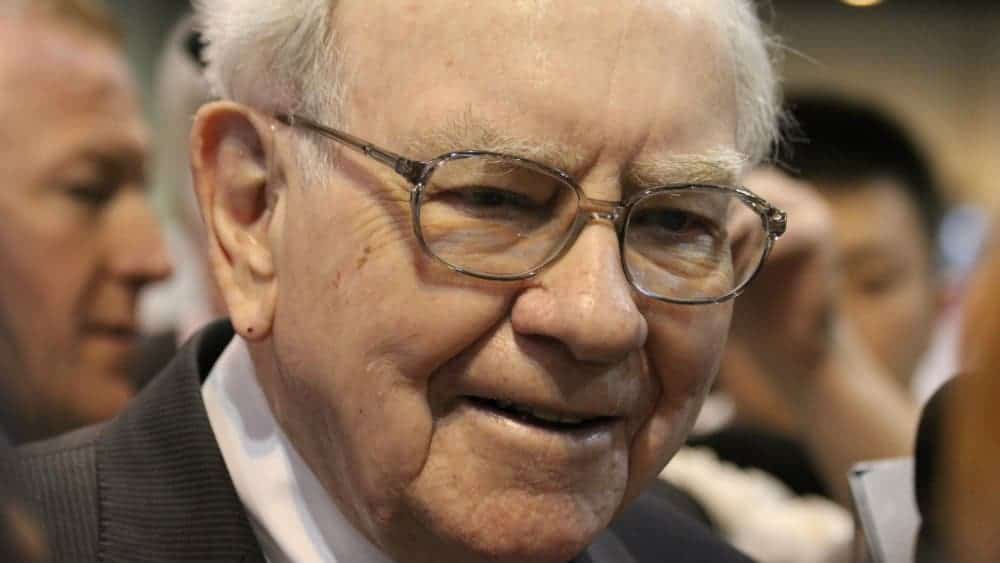“Cigar-butt” investing was one of the strategies that helped Warren Buffett become the multi-billionaire he is today. The idea is that even a cigar butt left on the side of the road has one good puff left in it.
Cigar-butt investing is essentially buying stocks the market has abandoned at deep discounts to their book values. Because they still have some value in them, investors can sell them at a higher valuation than the steep discount and still make a good profit.
Here we’ll apply cigar-butt investing to dividend stocks. This way, while investors wait for price appreciation in these cigar-butt suspects, they can get periodic returns from dividend income.
Fairfax Financial Holdings
At about $346.50 per share at writing, Fairfax Financial Holdings (TSX:FFH) trades at a discount of 40% from its book value. As the graph below illustrates, the financial stock has normally traded at a price to book of about 1.2 in the past 10 years. So, the stock could actually be half price!
FFH Price to Book Value data by YCharts. Fairfax Financial’s 10-year price to book.
Fairfax is often compared to Warren Buffett’s Berkshire Hathaway, because both companies have underlying insurance operations from which they generate premiums. They then invest those premiums for higher returns in the long run, while maintaining the needed amount of cash for insurance payouts.
In Q1, Fairfax reported a net loss of US$1,259 million, or US$47.38 per share. However, that was primarily due to unrealized losses on investments that must now be included in the earnings under the Generally Accepted Accounting Principles (GAAP).
Specifically, Fairfax had US$1,482 million of unrealized losses and US$57 million of realized losses, totaling net losses of US$1539 million from its investments. Excluding the unrealized losses, Fairfax would have reported net income of US$223 million for the quarter.
Importantly, the company’s insurance operations had strong underwriting performance with a consolidated combined ratio of 96.8%. Less than 100% implies profitable insurance operations.
The company also provides a yield of close to 3.7%. The average 12-month analyst target is about $551, which represents 58% near-term upside potential. Investors can certainly expect FFH stock to bounce meaningfully when financial markets improve.
H&R REIT
H&R REIT (TSX:HR.UN) is another cigar-butt suspect. The stock is down 50% since earlier this year and now only trades at 46% its book value.
The diversified REIT recently slashed its cash distribution by half. It can’t be helped, as the stock flirted with a 16% yield! More importantly, H&R REIT was having difficulties collecting rent from its retail properties. As of mid-May, it only collected 50% of the rents from its retail business for this month.
HR.UN Dividend Yield data by YCharts. H&R REIT’s 10-year yield history.
Thankfully, H&R REIT is diversified. Rounding up the rest of its portfolio are office, residential, and industrial assets from which it collected more than 90% of their rents for the month. As a result, the REIT has essentially collected about 80% of its rental income in May as of mid-month.
In the last financial crisis, H&R REIT cut its cash distribution by half to help fund a major development project. Subsequently, it recovered its cash distribution steadily and stabilized on a funds-from-operations (FFO) payout ratio in the 70% range.
As the COVID-19 situation subsides over time, H&R REIT should experience a marked improvement in its cash flow. And I suspect it will increase its cash distribution and stabilize on an FFO payout ratio in the 70% range.
In other words, investors today can enjoy a 7% yield now, but expect the yield on cost to jump to about 12% on an FFO payout ratio in the 70% range in the future on normalized cash flow generation.












